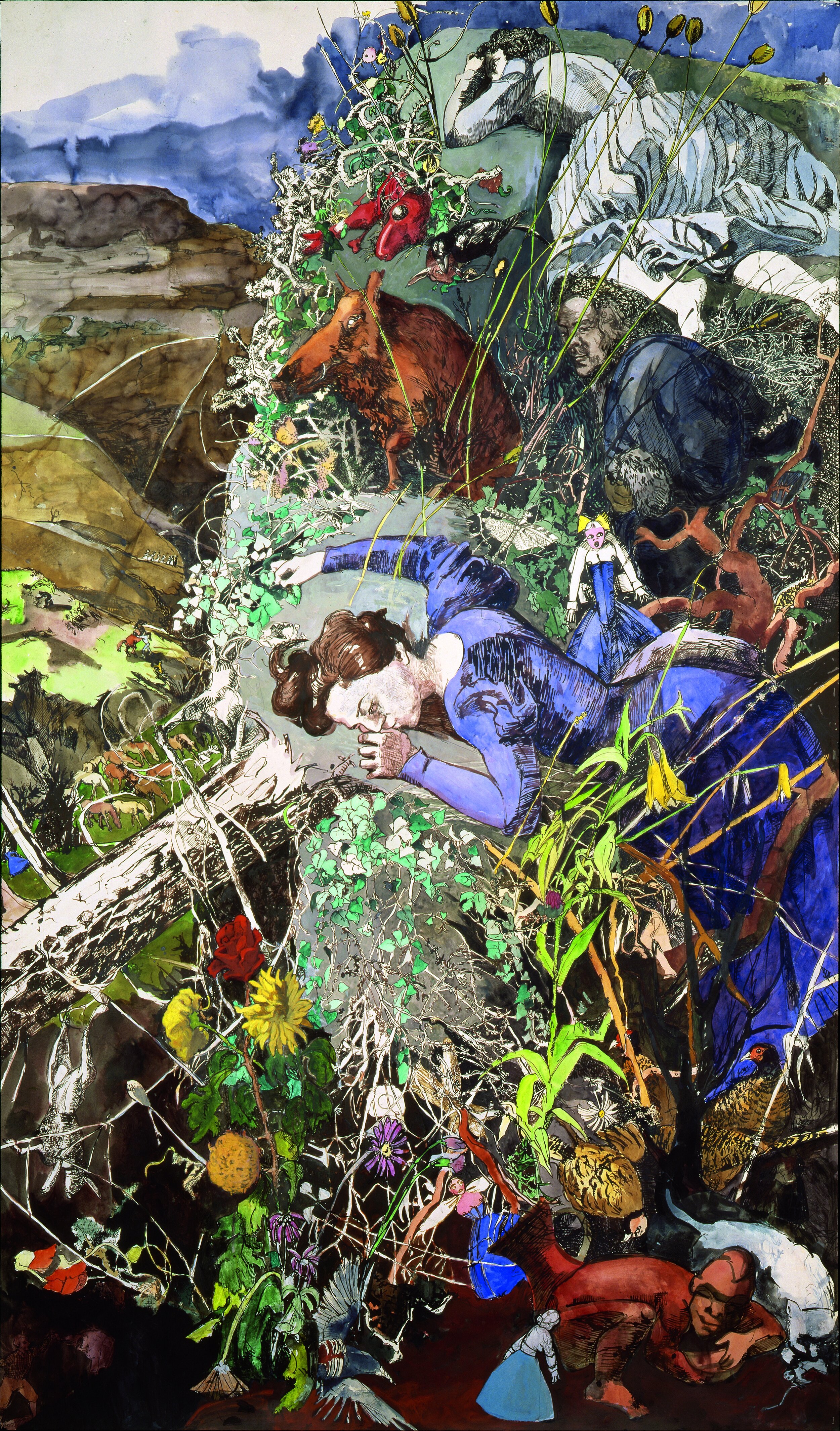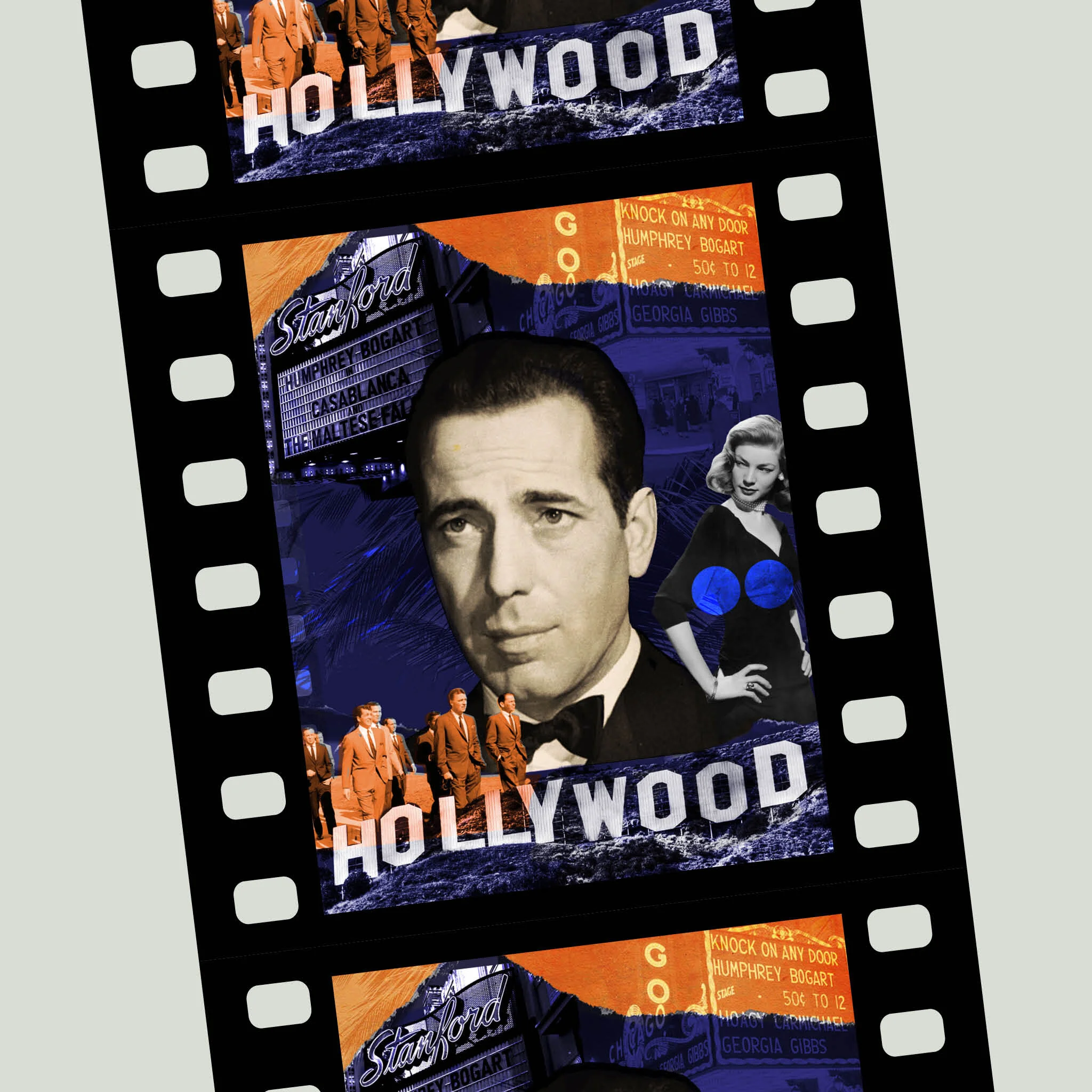Paula Rego: Retrospective
Whatever you might think or expect from Paula Rego’s work, you should give that exhibition a try, says Lou Montignac. If my authority alone doesn’t suffice to encourage you, let me give you some arguments.
After 15 months craving and literally dreaming of going to exhibitions, I was looking forward to the Paula Rego show. Prior to this, the Tate reopened in both December and in May and offered the brilliant Lynette Yiadom-Boakye exhibition. That unfortunately shortened show was a truly comforting and enveloping experience which was more than welcome after such a long period without seeing friendly faces and loved ones. It served as the perfect return to galleries and exhibitions. However, after three months, life is going back to normal again and Paula Rego’s art definitely steps up the game and immerses us in an ambitious fantasy and escapism world that is still more than needed for most of us, taking us in a fascinating journey through art and social issues of the last sixty years. That show simply appears as the perfect proposition at the right time to fulfil that art craving and beyond, reconnecting us with breathtaking, intelligent and provocative art.
The overall curatorial approach is really clever and efficient, taking us from one room to another really naturally and organically, enhancing Paula Rego’s relevance and assets, to extract how important and eminent a contemporary artist she is.
‘Return of the Native’
By retracing her path since she moved to the UK at the age of 16 (back in 1951), the curator highlights how politics and fairytales have always been at the heart of Rego’s production. Her familial background is deeply rooted in her intertwinement with Britain as the political situation of Portugal pushed her parents to make her follow an English education, which would later take her to the Slade School of Fine Art in London.
Once there, her strong anti-fascist inherited tendencies made their way into her art, as the titles of her early works read mentions of Antonio de Oliveira Salazar and other obvious political references. All the time she has been in London she keeps links and connections with her country of origin, not forgetting or ignoring the circumstances her fellow Portuguese were facing. Living away from Portugal allowed her a certain freedom to express her views publicly and artistically and so it has been ongoing throughout her career.
Rego’s work is strong and moving as she tackles female matters frontally such as abortion or more subtly female roles, perceptions and expectations in society, depicting women like no other artist, asserting a very personal version of empowerment.
Once she had defined her unique pictorial style, she uses figurative representation with an uncomfortable twist to incite us question what is depicted beneath our eyes. Whether it is by using disturbing proportions, accentuating some features or annihilating volumes and depth, her artful manner seems normal from the distance but once you look at the details it creates a kind of malaise that captivates the viewer. This is where her strength lies, what makes Paula Rego’s art so singular and at the same time so enchanting.
When Mona Lisa’s eyes are known to stay with you as they follow you everywhere in the room, Rego’s paintings have a similar attraction that draws you back to it after you have looked away, to re-examine a peculiarity that slipped your gaze at the first look. Paula Rego actively establishes an impact through her artworks drawing wonderful, lyrical, poetical and mesmerizing worlds of folkloric tales with flying colours. As she amazes and transports us visually, there is a deeper message that she manages to convey by tricking us with the use of bold and intense colours, strong and powerful graphics, meticulous and elaborate compositions, enigmatic and disturbing details, to lure us into challenging and falsely innocent scenes.
With strong opinions, she is not afraid to play with the codes of innuendo to suggest and introduce sexual desire (so often considered as taboo for women and therefore silenced) and dares to evoke sensitive issues such as mental health or sex trafficking. Rego also incorporates a lot of violence and strong feelings in her work, which results in unsettling pieces that may shock the viewer, leaving the audience insensitive. She depicts varied topics as she is inspired by all sorts of sources, that is reflected in the diversity of her techniques, many of them demonstrated in this show covering more than a hundred pieces from collage to sculpture to etching.
In fact, Paula Rego possesses such a fire, an urge to create art, to express and to comprehend the absurdities of the world we live in, no matter how daunting or terrifying they are. In other words, art is for her a powerful mechanism to go through hard times in life, as she comments on her work “If you put frightening things into a picture, then they can’t harm you. In fact, you end becoming quite fond of them”. She says herself that she “paint[s] because [she] can’t help it”, having completely embodied her practise as therapy.
That significant relationship to her art is what makes her work so necessary in Art History in general, but more importantly gives us an inspirational perspective to lean towards in situations like the recent pandemic. Ultimately, for all these reasons, for the bright curatorial work that has been put into this show and for how on point and pertinent it happens to be in this day and age, this exhibition is an absolute must see that has the potential to heal your pandemic wounds and to ignite a rebellious fire within you.
Lou Montignac is an Art History Graduate.
Paula Rego is curated by Elena Crippa, Curator, Modern & Contemporary Art, with Zuzana Flašková, Assistant Curator, Modern & Contemporary British Art, Tate Britain. The show runs till the 24th October 2021




